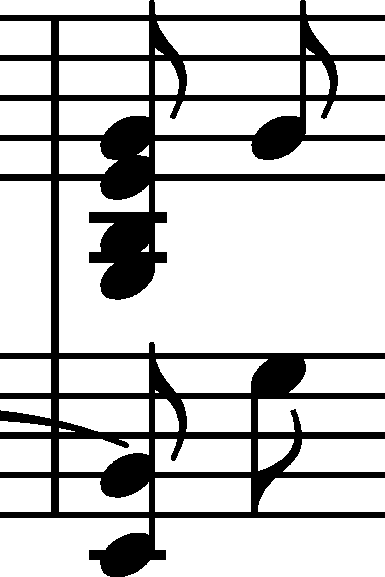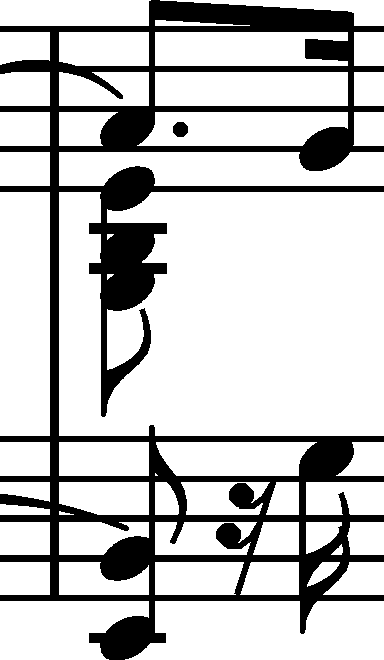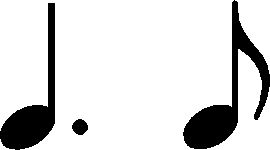



|
b. 201-203
|
composition: Op. 44, Polonaise in F♯ minor
..
In AImaz the minims on the 2nd beat of b. 201, 221 and 223 are written in one-part notation, without crotchets in unison, whereas in b. 203 Chopin specified the notation by adding crotchet rests on the 2nd beat of the bar. Wherever it is not directly indicated that the crotchet that ends the bar falls within the duration of the preceding minim, the bar may be erroneously interpreted, i.e. as if it were containing four beats. In the Andante spianato, Op. 22, written a few years earlier, Chopin left such a spare notation in b. 78 and 90 that the versions of notation of certain editions were inaccurate or wrong. category imprint: Corrections & alterations; Source & stylistic information |
||||||
|
b. 201-202
|
composition: Op. 44, Polonaise in F♯ minor
..
The corrections visible in AImaz reveal that initially the topmost note of the 1st chord in b. 202 was g category imprint: Corrections & alterations; Source & stylistic information issues: Chopin's hesitations |
||||||
|
b. 202
|
composition: Op. 44, Polonaise in F♯ minor
..
The corrections visible in AImaz reveal that not only did Chopin change the pitch of the top note of the 1st chord, but also the rhythm of the 1st beat of the bar. The starting point were 2 g category imprint: Corrections & alterations; Source & stylistic information issues: Dotted or even rhythm |
||||||
|
b. 204-205
|
composition: Op. 44, Polonaise in F♯ minor
..
In AImaz a dotted rhythm is to be found three times here – category imprint: Corrections & alterations; Source & stylistic information issues: Chopin's hesitations , Dotted or even rhythm |
||||||
|
b. 206-209
|
composition: Op. 44, Polonaise in F♯ minor
..
In accordance with the explanation in the note to b. 127, in the main text we follow FE and suggest adding slurs (in square brackets). We also add staccato dots (see the adjacent note). category imprint: Differences between sources; Editorial revisions issues: Authentic corrections of FE |

 1, which Chopin then changed to a1, tied from the previous bar. The final version features g
1, which Chopin then changed to a1, tied from the previous bar. The final version features g . Chopin then added semiquaver rests and shortened the second quaver:
. Chopin then added semiquaver rests and shortened the second quaver:  . Eventually, the change of the pitch of the top note of the chord brought further changes to the notation, including the abandonment of the rest in the R.H. part:
. Eventually, the change of the pitch of the top note of the chord brought further changes to the notation, including the abandonment of the rest in the R.H. part:  .
. on the 1st beat of b. 204 and on the 2nd beat of b. 205 and
on the 1st beat of b. 204 and on the 2nd beat of b. 205 and  further on in b. 204. In the case of the latter, the dots prolonging the crotchets and the quaver flags were most probably added as a change of the initial version with two crotchets. In the final version of the Polonaise, this motif appears twice (also in b. 145-146), in which a dotted rhythm was used only at the beginning of b. 145.
further on in b. 204. In the case of the latter, the dots prolonging the crotchets and the quaver flags were most probably added as a change of the initial version with two crotchets. In the final version of the Polonaise, this motif appears twice (also in b. 145-146), in which a dotted rhythm was used only at the beginning of b. 145.